Ashley Tellis
Mumbai-born Ashley Tellis is one of America's top experts on South Asia. A Senior Associate with the Carnegie Endowment for International Peace, Tellis recently gave a lecture at the National Defence University's Programme on Irregular Warfare and Special Operations Studies on the grave threat posed by the Lashkar-e-Tayiba to the world.
Carnegie Endowment for International Peace (external link) has kindly permitted rediff.com to carry the transcript of his speech. This is the third of the four-part series
Part I: The menace that is Lashkar-e-Tayiba
Part II: Dangerous LeT has LARGER ambitions
There has been increasing international pressure on Pakistan to break off this intimate relationship between the ISI and LeT, but it has thus far come to naught.
Ever since former US President George W Bush initiated the global campaign against Islamist terrorism, the United States has struggled mightily to convince Pakistan that its deepest threats emerge from within its own country and not from the outside, but US efforts to wean Pakistan, especially the military there, away from its obsession with India and away from fomenting terrorism to satisfy this obsession have failed.
The evidence since 2001, in fact, demonstrates conclusively that Islamabad has been content to continually play to the American expectation that a fundamental shift in its national strategy might be in the offing -- so as to avoid sacrificing the large quantity of US assistance that seems always on offer.
Meanwhile, it continues to implement a self-serving counterterrorism strategy that involves targeting only those terrorist groups that threaten its own security, such as the Pakistani Taliban, even as it continues to provide succour and support to those elements that threaten India and Afghanistan, such as LeT and the Afghan Taliban.
...
Today, LeT is more than just a terrorist group
Given the objective of bleeding India through a thousand cuts but not wounding it to a point of automatically embarrassing Pakistan or precipitating a major subcontinental war, the ISI has sought -- especially after the 2008 attacks in Mumbai -- to "modulate" the object and intensity of LeT's violence but emphatically not to end it.
Although LeT planners do not require formal sanction or information from the ISI in regard to contemplated attacks, they are now especially conscious of the need to ensure that these attacks cannot be readily attributable to the ISI, the Pakistan Army, or formally to the Pakistani state.
To the degree possible, they also attempt to maintain some vague limits on the violence inflicted on India. They do so not out of any particular compassion for the Indian people but because their ISI patrons have emphasised the importance of not provoking India excessively at a time when Pakistan has its hands full managing the continuing insurgency in its tribal areas and in Baluchistan, as well as navigating a deeply frayed relationship with the United States.
From the beginning, because the requirement of plausible deniability lay at the heart of the ISI's relationship with LeT, the Pakistani intelligence service has always preferred directional rather than detailed control over this particular terrorist group.
Detailed control has, however, been exercised whenever the ISI has deemed it appropriate. Even when Pakistan, under considerable US pressure, formally banned LeT as a terrorist organisation in 2002, the LeT leadership remained impregnable and impervious to all international political pressure.
Not only did it continue to receive succour from the ISI, but its leadership, even when jailed or under house arrest, continued to hold meetings with various confederates, plan terrorist attacks, and liaise with other terrorist groups -- all under the protection and the watchful support of the ISI.
...
Today, LeT is more than just a terrorist group
The ISI's continued fidelity to LeT has not gone unreciprocated.
That LeT has tried to conform to the ISI's directives illustrates its continuing loyalty to the ISI and to the Pakistani state more generally, a point insistently emphasised by Stephen Tankel in the paper referred to earlier. In an environment where terrorist groups often turn against their patrons, there is no record of any LeT attacks either inside Pakistan or against Pakistan Army and ISI interests.
This loyalty is owed partly to the common ethnic bonds among these entities and partly to the disproportionate support offered by the ISI.
Even more interestingly, LeT has on many occasions in recent years attempted to influence other terrorist groups, such as the Pakistani Taliban, to restrain their attacks on the Pakistan Army in favour of intensified violence against Pakistan's adversaries in Afghanistan, the United States, and India.
C Christine Fair, in her testimony during the US Senate Foreign Relations Committee's hearing on "Al Qaeda, the Taliban, and Other Extremist Groups in Afghanistan and Pakistan" on May 24, 2011, usefully highlighted the increasingly critical role that LeT has played in protecting the Pakistani state against the depredations of other Deobandi terrorist groups in Pakistan.
And Indian intelligence sources have uncovered several instances when LeT -- when failing to deflect other terrorist competitors away from the Pakistani state -- has in fact warned its patrons in the Pakistani military and intelligence services of these impending attacks.
Thus, the threat posed by LeT today is not the danger posed by "a stateless sponsor of terrorism," as it was unfortunately described by President Bush on December 21, 2001. Rather, if groups like LeT continue to thrive and operate effectively --despite the risks of war attendant upon their actions -- it is fundamentally because they are aided and supported by the Pakistani military. However regrettable it may be, the Pakistani military has concluded that its interests are more enhanced than subverted by the continued sustenance of such "strategic assets."
...
Today, LeT is more than just a terrorist group
Image: Students are pictured inside a classroom of a school in Jamaat-ud-Dawa charity's headquarters, known as the Markaz-e-Taiba in MuridkePhotographs: Mohsin Raza/Reuters
The LeT thus represents a specific state-supported and state-protected instrument of terrorism that operates from the territory of a particular country -- Pakistan -- and exemplifies the subterranean war that Islamabad, or more specifically Rawalpindi, has been waging against India since at least the early 1980s.
It is not a war that currently relies on "fomenting insurgencies" -- the practice of exploiting the grievances of a dissatisfied section of the Indian populace against its state.
Instead, it is a war that is centred on "fomenting terrorism" -- the practice of unleashing groups that have little or no connection to any existing internal grievances within India to carry out murderous surprise attacks aimed at indiscriminately killing large numbers of civilians whose only fault lies in being in the wrong place at the wrong time.
Beyond that, though, the LeT is a terrorist organisation that also counts Israel and the United States as its enemies solely for ideological reasons. It therefore also represents the war that extremist forces in Pakistan, including some in its own government, are waging against the vision of a moderate Pakistani polity and against many liberal states in the international community.
Fourth, LeT now runs a diversified network for mobilising resources, promoting its international presence, and recruiting members -- which minimises its single-point dependence on the state.
As LeT has grown over the years, in part by sequestering resources from its charities, which are run under the rubric of Jamaat-ud-Dawa, the group's autonomy from the ISI has gradually increased.
...
Today, LeT is more than just a terrorist group
Photographs: Mohsin Raza/Reuters
LeT's ability to raise funds independently from mosques in Pakistan and businesses and charities in the Middle East and Europe has allowed it greater freedom of action than existed during the 1990s. For instance, LeT's Muridke headquarters -- the nerve centre from whence LeT's vast charitable and militant activities are directed -- is sustained today not so much through contributions by the ISI but rather through local collections complemented by money from Saudi charities and Pakistani expatriates in Europe and the Middle East.
LeT has also expanded its influence throughout Pakistan. Its strongest bases of support are found in the Seraiki belt of southern Punjab and more generally in poor urban neighbourhoods and in villages where the Pakistani state is conspicuously absent.
Through a large network of front organizations kept in operation by affiliates and supporters, LeT has raised funds from a range of private financiers, Islamic nongovernmental organisations, regional and international businesses (both licit and illicit), and organised crime -- in addition to the resources secured from the Pakistani state -- to sustain both terrorist and welfare activities simultaneously.
This diversity of funding sources has made LeT increasingly independent of the ISI, at least where basic survival is concerned.
Fifth, LeT is a Janus-faced entity that is involved in terrorism and social development concurrently -- which limits Pakistan's ability to target it even if it were so inclined.
Today, LeT is more than just a terrorist group, simpliciter. Rather, it is deeply enmeshed in the social fabric of Pakistan. LeT oversees not only numerous terrorist training facilities in the Pakistan-controlled territories of Azad Kashmir and Khyber Pakhtunkhwa but also numerous madrassas, mosques, offices, and health centers throughout the rest of the country.
The LeT's headquarters alone house a madrassa, a hospital, a market, and a large residential area for Islamic scholars, as well as a fish farm and an agricultural tract on which produce is grown for the inhabitants of the facility.
...
Today, LeT is more than just a terrorist group
Image: Volunteers of the charity wing of Jamaat-ud-Dawa distribute food to flood survivorsPhotographs: Reuters
Throughout Pakistan, LeT is believed to operate close to twenty Islamic institutions of different kinds and close to 150 secondary schools; it is also known to operate an ambulance service, numerous mobile clinics and blood banks in rural areas, and several seminaries across Pakistan.
This vast network of social-service institutions is supported by fundraising and administrative activities from some 2,200 field offices across the country.
LeT's prominence in humanitarian assistance, especially when the Pakistani state was seen to be almost absent, has only further increased its reputation -- and its protection -- in Pakistan. Thus, for example, operating under the alias of the Falah-e-Insaniyat Foundation, LeT moved quickly to aid the victims of the August 2010 floods in Pakistan.
Although the foundation's activities were rapidly dwarfed by the efforts of the Pakistani and US governments, the fact that it was among the first on the scene meant that it garnered great sympathy among the Pashtuns of Khyber Pakhtunkhwa and in the flood-afflicted district of Swat.
Such perceptions have proved to be an invaluable recruiting tool, and in recent years LeT has made great inroads among both the better educated youth in small towns of the southern Punjab as well as among women -- a distinction held by few other Islamist organizations in Pakistan.
The bottom line, therefore, is that LeT's intricate links with the body politic make it a difficult organisation for the Pakistani state to target, assuming that it would ever be inclined to do so.
...
Today, LeT is more than just a terrorist group
Sixth, LeT possesses a cohesive and hierarchic organizational structure that is effective at both the conduct of violence and the delivery of social programmes. Unlike many of the other indigenous terrorist groups in South Asia whose command and control structures are casual and often disorganised, LeT's organisational structure is hierarchic and precise, reflecting its purposefulness.
Modelled on a military system, LeT is led by a core leadership centered on its emir, Hafiz Mohammed Saeed, and his deputies, who oversee different aspects of the group's functional and charitable operations.
These activities are implemented through various branch offices throughout Pakistan, which are responsible for recruitment and fundraising as well as for the delivery of social services such as education, health care, emergency services, and religious instruction.
LeT's military arm is led by a "supreme commander" and a "deputy supreme commander" who report to Saeed directly. Under them are several "divisional commanders" and their deputies. Within the South Asian region, the divisional commanders oversee specific geographic "theatres" of operation, which are then subdivided in certain defined districts.
These are controlled by "district commanders," each of whom is ultimately responsible for various battalions and their subordinate formations.
The entire command edifice thus reflects a crude model of "detailed control," with orders being executed at the lowest level after they are approved by a chain of command that reaches to the top echelons of the group. This hierarchic command and control structure, although susceptible to decapitation in principle, became institutionalised because LeT owed its origins primarily to the charismatic leadership of three individuals -- of which Hafiz Saeed quickly became the primus inter pares.
...
Today, LeT is more than just a terrorist group
A hierarchic structure was also particularly appropriate because of the covert activities carried out by LeT's military wing, both autonomously and for the ISI -- with the latter in particular insisting on a combination of high effectiveness, unremitting brutality, durable control, and plausible deniability as the price for its continued support.
Because LeT was from the very beginning a preferred ward of the ISI, enjoying all the protection offered by the Pakistani state, the vulnerability that traditionally afflicts all hierarchic terrorist groups was believed to be minimal.
LeT thus continued to enjoy all the benefits of a hierarchic structure with regard to efficiency where both the conduct of violence and the delivery of social programmes are concerned -- advantages not shared by many other extremist groups in Pakistan.
Seventh, LeT is an effective terrorist group that is adept at exploiting science and technology, extra-national social links, and state vulnerabilities in order to advance its political aims.
The attacks in Mumbai unambiguously demonstrated LeT's sophistication in a way that few previous attacks had done. The meticulous planning, the enormous resources committed to a complex mission across great distances and long periods of time, and the burdens of a difficult sea-land operation all confirmed LeT's capacity to execute increasingly difficult terrorist attacks.
This mission involved months of training in Pakistan and extensive reconnaissance of targets in Mumbai; after these tasks were complete, the terrorists left Karachi on local craft, hijacked a fishing trawler on the high seas, and, upon reaching India's territorial waters, transferred to inflatable speedboats which landed at two different locations on the city shores. Then the assaults began.
...
Today, LeT is more than just a terrorist group
Image: CCTV footage obtained from Taj Hotel in Mumbai shows the 26/11 terrorists walking in the hotel corridor carrying guns in their bags and handsWhat happened thereafter reflected LeT's classic modus operandi: Since 1999, the group has utilised small but heavily armed and highly motivated two- to four-man squads operating independently or in combination with each other on suicidal -- but not suicide -- missions intended to inflict the largest numbers of casualties possible during attacks on politically significant or strategically symbolic sites.
Invariably, these missions are complex and entail detailed tactical planning; historically, they have taken the form of surprise raids aimed at heavily guarded facilities such as Indian military installations, command headquarters, political institutions, or iconic buildings.
They have all been intended to inflict the highest level of pain, underscore the vulnerability of the Indian state, and embarrass the Indian government.
The LeT personnel involved in the majority of these attacks seek to escape the scene whenever possible -- in fact, they come carefully prepared to endure yet exfiltrate -- but appear quite willing to sacrifice themselves if in the process they can take down a larger number of bystanders, hostages, and security forces.
Although the use of small arms -- to include pistols, automatic rifles, grenades, plastic explosives, and occasionally mortars -- has been the norm in most past LeT attacks, the group has also occasionally undertaken true suicide missions, including car bombings.
The targets attacked in Mumbai were consistent with this trademark pattern. They included the symbols of Indian success (luxury hotels), reflections of Indian history and state presence (a historic railway station), and emblems of India's international relationships (a restaurant frequented by tourists and a Jewish community centre).
...
Today, LeT is more than just a terrorist group
The targeted killing of the Jewish residents at Nariman House, and possibly the murder of the Western tourists at the Leopold Cafe (if indeed they were deliberately targeted), would also be consistent with LeT's past record, which has included the focused slaughter of non-Muslims such as Hindus and Sikhs.
LeT has not ossified in its ability to choose an appropriate operational style, however, and it remains capable of flexibly adopting different methods when faced with new tactical and strategic situations.
In Afghanistan, for example, LeT operations have focused principally on targeting coalition forces, disrupting reconstruction efforts, and supporting other terrorist groups in their efforts to undermine the Karzai regime.
Operations there have seen the use of larger crew-served weapons, mines, mortars, rocket-propelled grenades, and even primitive air defence systems, and recruitment for suicide bombings conducted by other groups appears to be a new LeT specialty.
In support of all its operations, LeT operatives have been observed using cellular and satellite telephones, voice-over-Internet communications, couriers, coded messaging, and print media. But unlike other Islamist groups, they appear to have shied away from television, Internet propaganda, and audio and DVD dissemination so far.
Click on NEXT to go further...

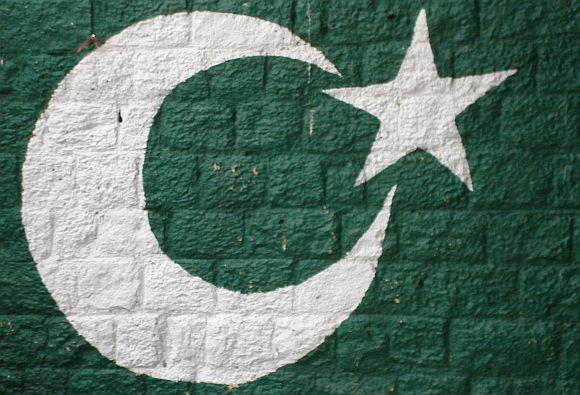
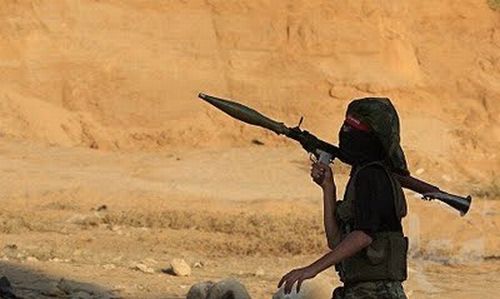
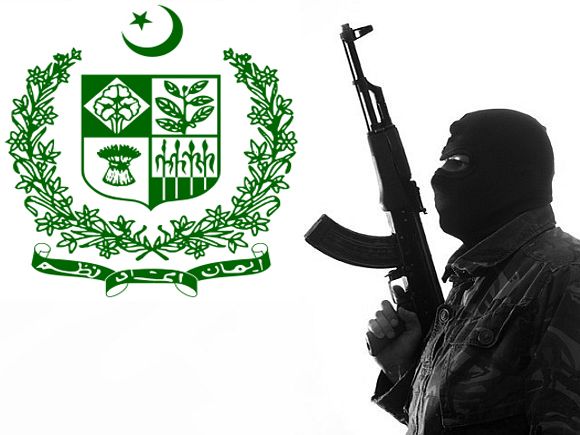
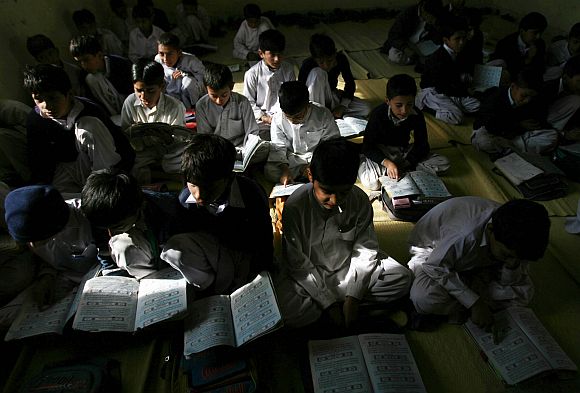
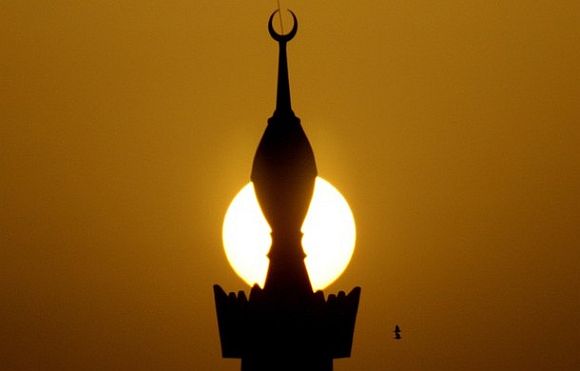
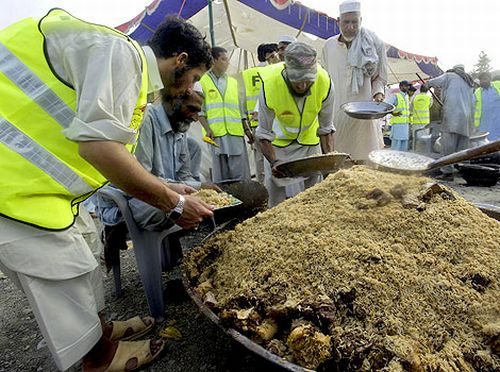
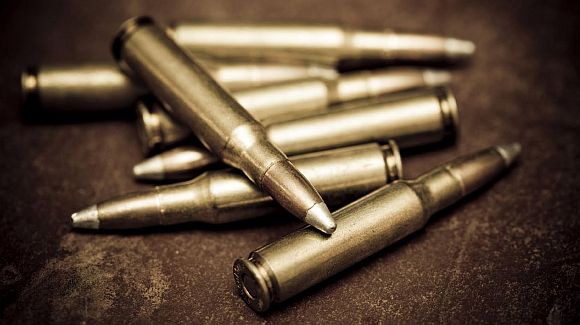

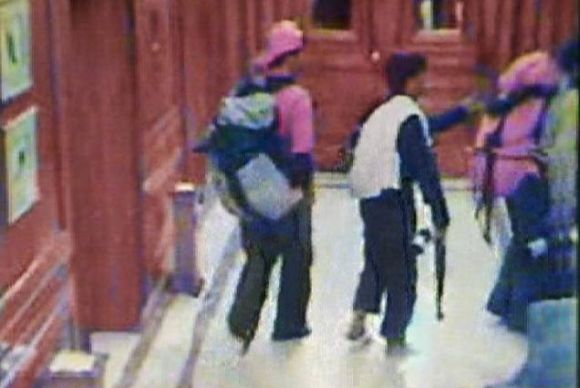
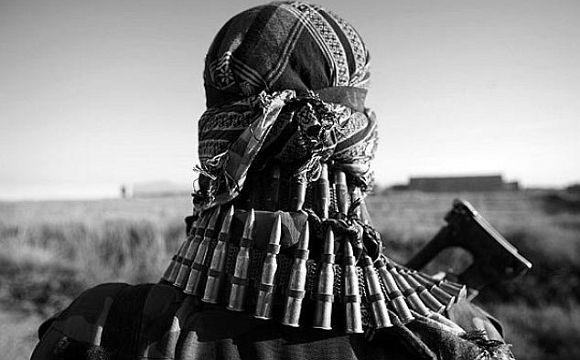
article